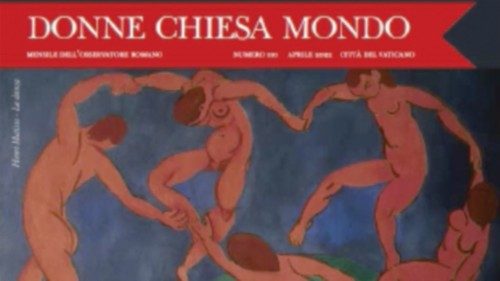
This issue of Women Church World is an invitation to abandon all stereotypes about the family. This call goes out to those who want it to be stable and perfect, or those who believe it has now been destroyed, to those who consider it only a refuge, those who despise it, those who think that “fortunately it exists” and those who believe that “it is no longer the family it once was”. In her dialogue with Marco Girardo, Chiara Giaccardi explains -by way of an evocative image- that the family is “a dance”, an imperfect choreography, that is both fragile, yet still in movement, and which is the essence of life.
In this dance, the characters are transformed, and new dancers are added, while others disappear to then reappear in a different way. The grandparents who are divided between the role of substitutes for busy parents -for an almost non-existent social status-, and the new affectivity that modernity demands. In addition, aunts and uncles who can give “instructions for life”, while animals take on new importance and even force us to rethink our understanding of theology.
Yes, the family is an unpredictable and imaginative dance, which is not always festive, sometimes tragic, but in which history mixes with everyday life, tradition with modernity, religion with history. So let us see what the family is for Judaism and for Islam, and ask, what did the family become for the Catholic Church after the Council of Trent? Is it possible to think of it in the same way or does it require us to go further to understand why in the West, and in Italy in particular, where for fear and uncertainty of the future prevails, the cradles remain empty? Moreover, at present, the family in order to exist needs to import love and care from people who come from afar and who must, for this reason, abandon their own families. How is this affecting them, there? Love in the modern world is transferred, imported and exported from one family to another.
The dance, then, takes on a tragic choreography when the images of war show us families living where the bombs are falling.
Therefore, the images are those of broken families, waiting on the platforms of Ukrainian train stations, of farewells of women and children to their husbands and fathers who remain to fight. There is no certainty for them to ever see each other again. The war separates young people from adults, and who knows how many grandchildren will never see their grandparents again, how many children will be separated from their parents, how many couples will no longer have a life together.
Here the music ceases and the dance expresses only sorrow, solidarity and an urgent call for peace. (WCW)




 Purchase the Encyclical here Fratelli Tutti
Purchase the Encyclical here Fratelli Tutti